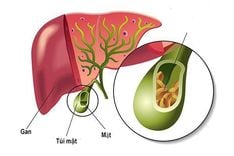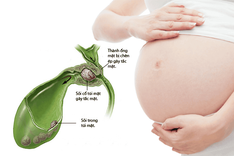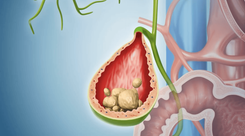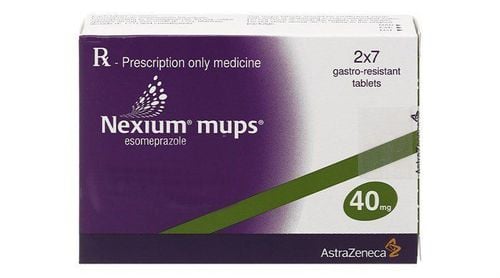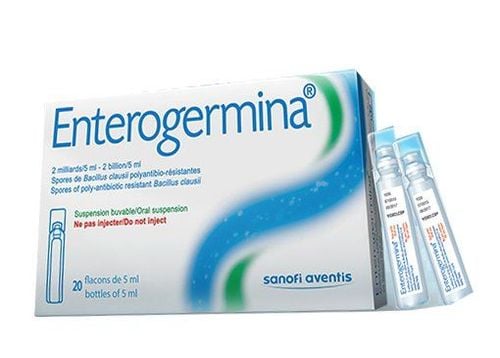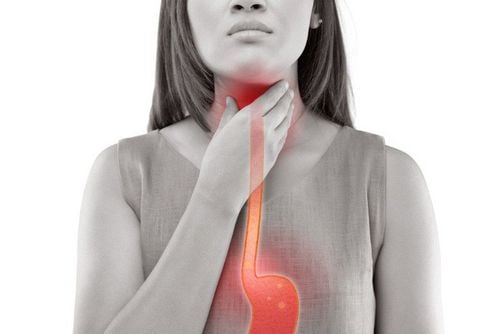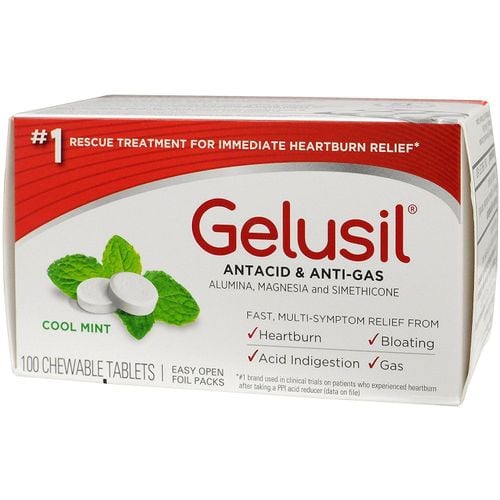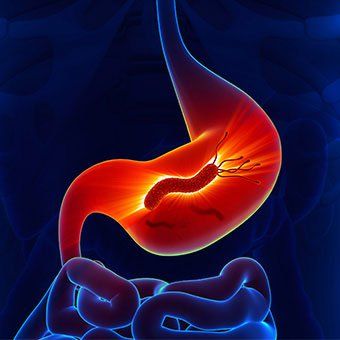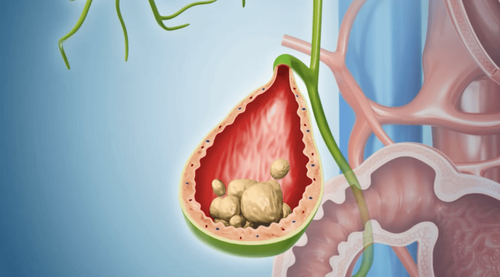The article is professionally consulted by a Gastroenterologist - the Department of Examination & Internal Medicine - at Vinmec Hai Phong International General Hospital.
In their lifetime, approximately 10% of people may experience pain due to gastric or duodenal ulcers. In developed countries, between 1% to 3% of individuals are affected by gastric ulcers.
1. Gastric ulcers
The stomach is one of the most important organs in the digestive system, shaped like a bag that holds food. The gastric mucosa produces strong hydrochloric acid, which has a pH of 0.8, to help metabolize food that enters the body. However, when the acid levels increase excessively, the gastric mucosa can become damaged, leading to the formation of ulcers.
While up to 50% of individuals with stomach pain exhibit clear symptoms, about 10% may remain asymptomatic until complications arise. Common symptoms include:: epigastric pain, burning sensation in the stomach, ... heartburn, belching, bloating, flatulence, indigestion, nausea, ... The pain associated with ulcers is typically continuous and dull, sometimes accompanied by painful cramps. This pain can fluctuate, often occurring when the stomach is overly full or too empty, and may also manifest seasonally during certain times of the year. Notably, individuals may experience heightened pain after consuming spicy or sour foods, or during periods of stress and anxiety…
2. Diet for people with gastric and duodenal ulcers
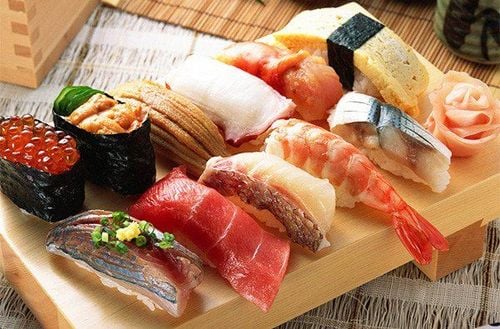
The process of food digestion begins in the mouth, where raw food is crushed and chewed into small pieces. From there, the food is transported to the stomach, where it contracts to aid in digestion. To ensure effective digestion and absorption, consider the following guidelines:
- Food should be cooked soft
- Avoid raw, unprocessed foods as much as possible
- Eat slowly and chew thoroughly, this is an important factor in digesting food.
- Avoid eating too much for one meal, instead, divide it into many small meals during the day. This will both limit the stomach from being full and keep the stomach acid neutralized when there is always food.
- Limit eating rice mixed with soup, causing food not to be chewed thoroughly, it is best to eat soup separately and in moderation, helping the digestive enzymes in the intestines not to be diluted.
- Avoid all physical activities, or running, working immediately after eating.
For people with treatment gastroduodenal pain, a nutritious and appropriate food supply regimen should be divided into 3 steps, corresponding to 3 specific stages:
Phase 1: At the beginning of your treatment, you should consume only milk for each meal. You can space your milk intake by 1 to 2 hours. Each time, drink between 1/3 to 1/2 cups of milk, which is approximately 100 ml. This will provide your body with roughly 1200 kcal of energy. After 2 to 3 days, you can gradually begin to add cream to your diet. Mixing cream with milk will increase the energy content of your meals.
Phase 2:The stomach gradually begins to recover, and the burning pain should subside. At this stage, you can transition to soft foods, such as pureed soups or thin porridge. Start with a portion of 100 ml for each meal, and gradually increase the amount as you feel comfortable. Aim to have 5-6 meals a day. As your stomach continues to heal, you can slowly introduce firmer foods like biscuits, bread, sticky rice, and meat or fish
Phase 3: During this phase, the stomach is somewhat less damaged; however, it is still important to maintain a diet of 5-6 meals a day consisting of stewed and soft dishes until your stomach has fully stabilized.
3. What should you eat with gastric ulcers?
In addition to using medication as prescribed to overcome stomach pain, you should pay more attention to your diet. What should you eat to improve stomach ulcers?
- Sweet, fatty foods: they limit the stomach's acid secretion and help absorb gastric juices such as cookies, egg whites, milk...
- Foods high in starch, easy to digest, and low in odor such as tapioca flour, sticky rice, bread...
- Soft foods, stewed or chopped, ground, crushed. Eat more steamed and boiled dishes and limit fried, stir-fried dishes...
- Foods that increase protein, probiotics, easy to digest: lean fish, lean meat...
- Young, fresh vegetables, prioritize cruciferous vegetables.
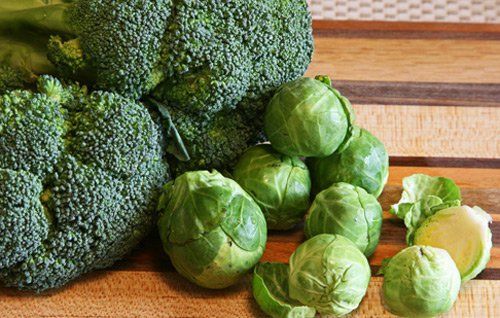
4. What should you avoid eating with gastritis?
In addition to treating the disease with medicine, you should improve your daily diet, which will help reduce acid secretion and reduce damage to the stomach lining.
Some foods and drinks that people with gastroduodenitis should limit and abstain from:
- First, we must mention foods and drinks that contain high acid content: oranges, lemons, grapefruit, fermented rice, vinegar, chili sauce...
- Foods that cause bloating in the stomach: beans of all kinds, pickled eggplants, pickles, onions...
- Foods that damage the lining of the stomach: garlic, chili, beer, alcohol, tea, coffee...
- Foods that increase gastric acid secretion: thick sauces for fish sauce, meat sauce...
- Fruits that should be limited: apples, papaya, bananas...
- Pre-processed, ready-to-eat foods should be limited even more: sausages, Chinese sausages, ham...
- Drinks that should be limited: fermented milk products such as yogurt, live yeast, drinking yogurt yeast, carbonated drinks, alcoholic beverages, and soft drinks of all kinds.
- Avoid smoking as it slows ulcer healing
The following notes are for individuals with gastroduodenal ulcers. Those with these ulcers need to pay careful attention to their daily diet and digestion. Avoid letting your body become too hungry or too full.
To arrange an appointment, please call HOTLINE or make your reservation directly HERE. You may also download the MyVinmec app to schedule appointments faster and manage your reservations more conveniently.

